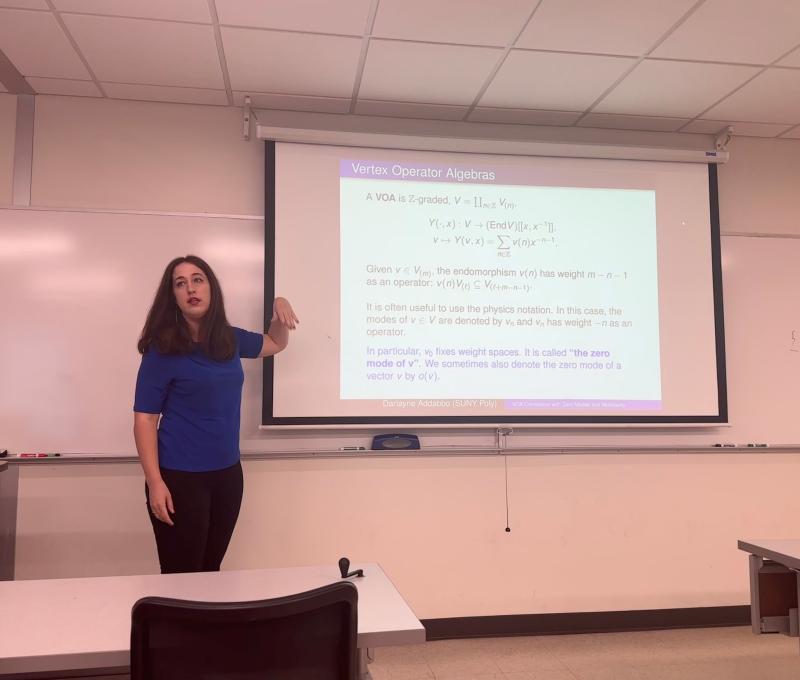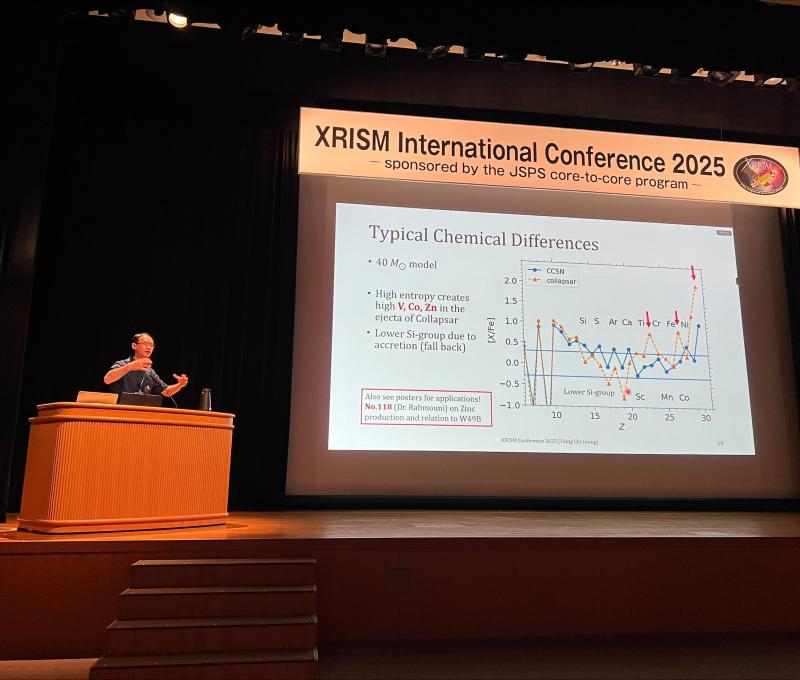Dr. Fariborz Furthers Understanding of Rotational Dynamics in Paper Published in European Journal of Physics

SUNY Polytechnic Institute (SUNY Poly) Professor of Physics Dr. Amir Fariborz recently published new research titled, “An alternative to the Euler equation of rigid body rotational dynamics,” in the European Journal of Physics. This work is closely related to another investigation by A. Fariborz published in European Physical Journal Plus in 2022, titled, “Non-inertial torques and the Euler equation,” in which it is shown that the Euler equation can be derived from the non-inertial torques when the observer resides in a non-inertial frame of reference. These two complementary works can impact the understanding of the rotational dynamics in solid mechanics, in general, and the Euler equation, in particular.
In the recently published research paper, a critical attention is given to the historic Euler equation and the way it is implemented in real life situations. It is shown that, while in many situations the Euler equation provides the most suitable framework for description of rotational dynamics, in certain other situations, the Euler equation is not the most convenient method for describing the rotational dynamics. In this paper, an alternative equation is derived by Dr. Fariborz, that, in certain physical situations can be more effectively applied than the standard Euler equation. Examples are given that assess the pros and cons of each method. In this recent paper, the conceptual underpinnings of the Euler equation (which originate from the interplay between the notion of the observer and the frame of reference) are also discussed that can help practitioners of Classical Mechanics to better understand and apply the Euler equation. The equivalency of the equation derived by Dr. Fariborz to the Euler equation, when both applied to the same physical system, is also given in this paper with complete and step by step mathematical proof.
Background
The subject that we know as Classical Mechanics today has an old and fascinating history that was developed over many centuries, Dr. Fariborz explains. The history of the subject goes back at least to the philosophical contemplations of Aristotle (384-322 BC) about motion of objects that set the stage for further development during the Medieval Period, such as the ideas proposed by Avicenna (1020), and further during Renaissance Period, such as works by Copernicus (1543), Kepler (1619), Galilei (1632) and Huygens (1656). These historic steps by these greatest human minds, Dr. Fariborz notes, ultimately culminated in what we know today as Classical Mechanics that was formulated by Sir Isaac Newton in 1687. Not only did Newton give us the Classical Mechanics, he also developed the mathematical framework for its implementation or what we now know as Calculus (which was also independently developed by Leibniz in 1684).
Newton’s Three Laws of Motion tell us how objects move under the influence of forces and interact with other objects (the domain of Classical Mechanics does not deal with atomic/subatomic systems, or high speeds that are comparable to the speed of light, or extremely large masses). These laws also underlie the description of extended objects, such as when rigid bodies undergo rotation in addition to translation. For the description of rotational motion, Newton’s laws (2nd and 3rd) together with certain assumption about the internal forces inside the rigid object, give rise to an equation known as the Euler equation (named after physicist, astronomer and polymath Leonhard Euler 1707-1783). This equation has played the central role in rotational dynamics of rigid bodies and, understandably so, appears in all books in Classical Mechanics.







